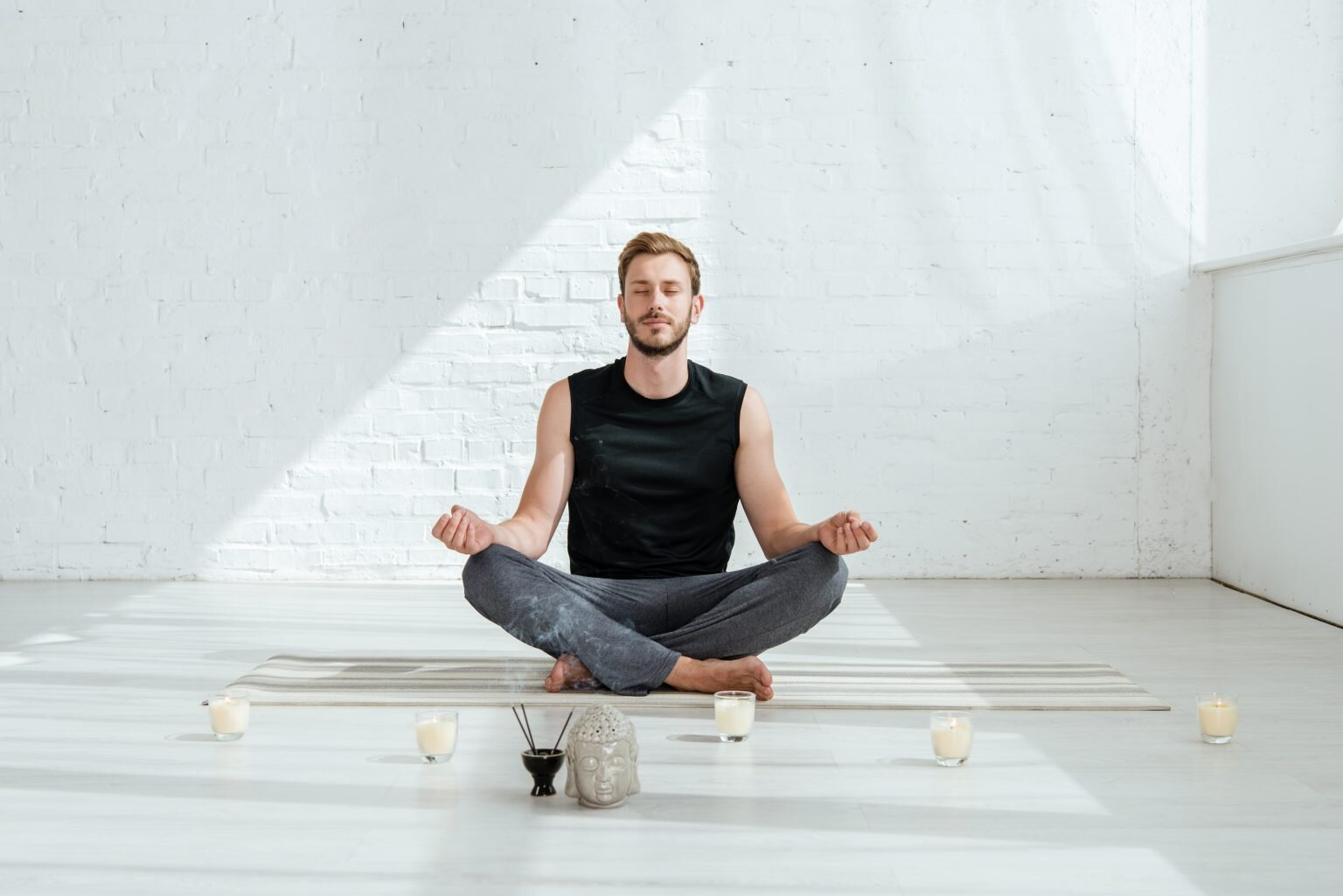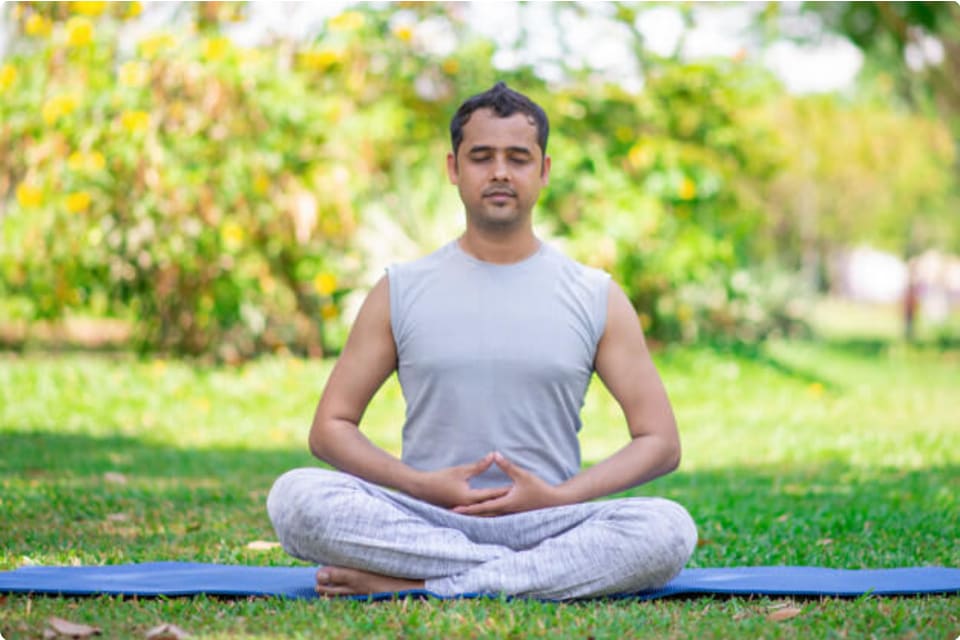How to Meditate? Understanding Mindfulness for Everyday Life
How to Meditate? Understanding Mindfulness for Everyday Life
Blog Article
Just How to Meditate: A Detailed Strategy to Achieving Mindfulness and Calm
Reflection serves as a powerful device for attaining mindfulness and emotional calm in a hectic globe. By comprehending the basic concepts and methods included in meditation, individuals can cultivate a practice that improves their general wellness.
Recognizing Meditation
Comprehending meditation entails understanding its basic principles and techniques, which function as the foundation for the technique. At its core, reflection is a mental exercise targeted at advertising relaxation, constructing inner energy, and creating compassion and insight. The practice encourages individuals to focus their attention, often via techniques such as deep breathing, visualization, or rule repetition.
Reflection can be categorized into numerous styles, consisting of mindfulness, transcendental, and loving-kindness reflection, each with distinctive purposes and approaches. Mindfulness meditation emphasizes present-moment awareness and non-judgmental monitoring of thoughts and feelings, while transcendental reflection involves making use of specific mantras to go beyond normal mind. Loving-kindness meditation concentrates on creating a mindset of love and empathy in the direction of oneself and others.
No matter the technique utilized, the primary goal continues to be constant: to grow a deeper understanding of the mind and its patterns. This self-awareness fosters psychological durability, quality of thought, and an extensive feeling of calm (How to meditate?). By recognizing these principles and methods, individuals lay the groundwork for a successful reflection technique that can significantly enhance their overall wellness
Getting Ready For Your Technique
Prior to starting your reflection practice, it is necessary to develop an atmosphere for focus and leisure. Select a peaceful area where you are not likely to be disturbed. This might be a corner of an area, a yard, or any kind of area that stimulates a feeling of peace. Make certain that the location is totally free and clean of mess, as a neat environment can aid clear the mind.
Consider the illumination, as all-natural light can improve your state of mind and power. Soft, warm lights is frequently a lot more calming than extreme fluorescent lights. In addition, select a comfy temperature, guaranteeing that you are neither as well warm nor too chilly.
Incorporating components that advertise serenity can better enhance your experience. This may include soft cushions or coverings for convenience, as well as calming aromas from vital oils or incense. It can likewise be helpful to have a timer set for your reflection session to stop disturbances from clock-watching.
Basic Meditation Techniques

Another reliable method is body scan reflection. This includes psychologically checking your body from head to toe, seeing any type of areas of stress or discomfort and purposely loosening up those muscle mass. This technique fosters a much deeper link in between your body and mind.

Last but not least, loving-kindness meditation concentrates on growing concern in the direction of yourself and others. Quietly repeat phrases of goodwill, boosting emotional well-being and interconnectedness. Each of these techniques offers as a structure for your reflection journey, allowing you to locate the technique that resonates best with your personal technique.
Maintaining Emphasis and Mindfulness
Developing a dedicated reflection area can enhance the capability to keep mindfulness. A quiet, uncluttered atmosphere reduces interruptions, enabling for much deeper immersion in the practice. Furthermore, establishing a time limit can help manage expectations; beginning with much shorter sessions may ease the change right into longer methods.
Using strategies such as body scanning or observing feelings can additionally bolster mindfulness. These methods encourage experts to stay present and engaged with their physicality, anchoring their focus in the minute. Routine practice is important; the mind constructs resilience Homepage gradually, developing a more powerful ability for focus.
Incorporating Meditation Into Every Day Life
Including reflection into daily life can change regular activities right into opportunities for mindfulness and self-reflection. By incorporating mindfulness techniques into common jobs, individuals can grow a higher feeling of existence and tranquility amidst the busyness of everyday life.
Begin by identifying minutes throughout your day where you can stop and practice mindfulness. Even ordinary activities like cleaning recipes or strolling can come to be opportunities for meditation by routing your focus to the feelings of activity and the noises bordering you.
Additionally, alloting committed times for meditation can reinforce its practice. Start with brief sessions, progressively increasing period as you become more comfortable. Usage tips or cues-- like a details time of day or a calming noise-- to establish uniformity.
Eventually, the objective is to weave mindfulness into the textile of life, allowing you to come Read Full Article close to each minute with objective, therefore enhancing your overall sense of well-being and clarity.
Conclusion
In verdict, efficient reflection calls for a quiet setting, a comfy setting, and a focus on the breath. By permitting thoughts to emerge without judgment and consistently redirecting interest to the breath, specialists can attain improved mindfulness and harmony. Integrating different methods, such as body scanning and loving-kindness phrases, can additionally enhance the method. Regular meditation, also briefly sessions, cultivates a deeper link to the here and now moment, eventually leading to better calm and mental clearness in daily life.
Meditation can be classified into numerous styles, consisting of mindfulness, transcendental, and loving-kindness reflection, each with distinct purposes and methods. Mindfulness reflection stresses present-moment recognition and non-judgmental monitoring of thoughts and sensations, while copyright involves the usage of specific mantras to go beyond common thought processes.With your reflection space prepared, it's time to explore numerous basic meditation techniques that can aid cultivate mindfulness and internal tranquility.Continually keeping focus and mindfulness throughout reflection can be challenging, specifically for those new to the technique.Developing a dedicated meditation area can boost the ability to keep mindfulness.
Report this page